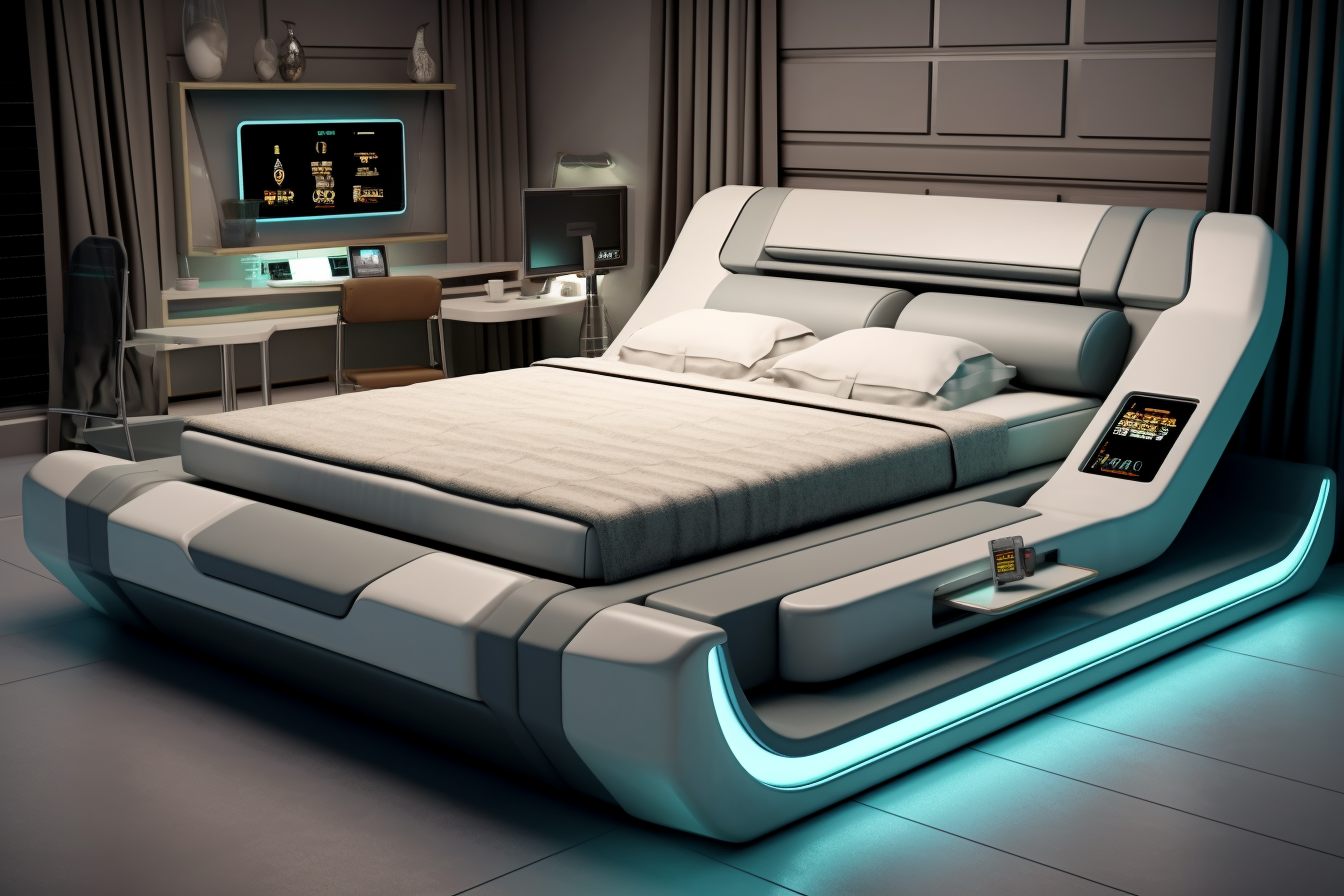Neon Nostalgia: The Electrifying Comeback of 80s-Inspired Home Decor
Welcome to a world where the past and present collide in a dazzling display of vibrant colors and bold designs. The 80s are making a triumphant return to our homes, but with a modern twist that's capturing the hearts of design enthusiasts everywhere. Get ready to dive into the electrifying world of neon nostalgia and discover how this retro revival is reshaping contemporary interiors.

Neon Renaissance: Why the 80s are Lighting Up Our Homes Again
In an age of digital saturation and minimalist fatigue, the return to 80s-inspired decor offers a refreshing burst of energy and playfulness. This trend is not about recreating exact replicas of 80s interiors, but rather about capturing the spirit of the era and adapting it to modern sensibilities. Today’s neon nostalgia is more curated, combining the vibrancy of the 80s with contemporary design principles to create spaces that are both exciting and livable.
Bringing the Glow: Key Elements of Neon Nostalgia
To incorporate this trend, start with a neutral base and add pops of neon through accessories, artwork, or accent walls. Neon signs, once relegated to diners and bars, are now making their way into living rooms and bedrooms, adding a warm glow and a touch of whimsy. Geometric patterns in bright colors can be introduced through throw pillows, rugs, or wallpaper, while lucite furniture pieces add transparency and lightness to balance the bold hues.
The Art of Balance: Mixing Neon with Modern Aesthetics
The key to successful neon nostalgia is balance. Pair neon elements with contemporary furniture to prevent the space from feeling dated. For example, a sleek gray sofa can be livened up with neon pink throw pillows and a graphic black and white rug. In the kitchen, consider neon-colored small appliances against a backdrop of crisp white cabinets for a pop of retro charm without overwhelming the space.
Beyond the Living Room: Neon Nostalgia Throughout the Home
Don’t limit this trend to just one area of your home. In the bathroom, consider a neon-framed mirror or vibrant tile accents. For the bedroom, opt for neon-piped bedding or a statement headboard in a bold geometric print. Even outdoor spaces can benefit from a touch of 80s flair with neon-colored planters or retro-inspired patio furniture.
Sustainability Meets Style: Eco-Friendly Approaches to 80s Decor
While the original 80s aesthetic wasn’t known for its environmental consciousness, today’s revival can be approached with sustainability in mind. Look for vintage pieces to incorporate authentic 80s design, or choose modern furniture made from recycled materials. LED neon signs offer the same glow as traditional neon but with significantly less energy consumption.
The Digital Influence: How Social Media is Fueling the Trend
Platforms like Instagram and Pinterest have played a significant role in the resurgence of 80s-inspired decor. The visually striking nature of neon and bold geometrics makes for highly shareable content, inspiring a new generation of design enthusiasts to experiment with these retro elements. Influencers and designers are showcasing innovative ways to incorporate neon nostalgia into modern homes, fueling the trend’s popularity and evolution.
Neon Nostalgia in Commercial Spaces
The influence of this trend extends beyond residential interiors. Restaurants, hotels, and retail spaces are embracing neon nostalgia to create memorable, Instagram-worthy environments. These commercial applications are further popularizing the trend and inspiring homeowners to bring elements of this bold aesthetic into their own spaces.
The Future of Neon Nostalgia: Evolving the Trend
As with any design movement, neon nostalgia will continue to evolve. Designers are already experimenting with ways to refine and update the look, incorporating new technologies and materials. We may see the integration of smart lighting systems that can change colors to match moods or occasions, or the development of eco-friendly materials that mimic the look of 80s plastics without the environmental impact.





